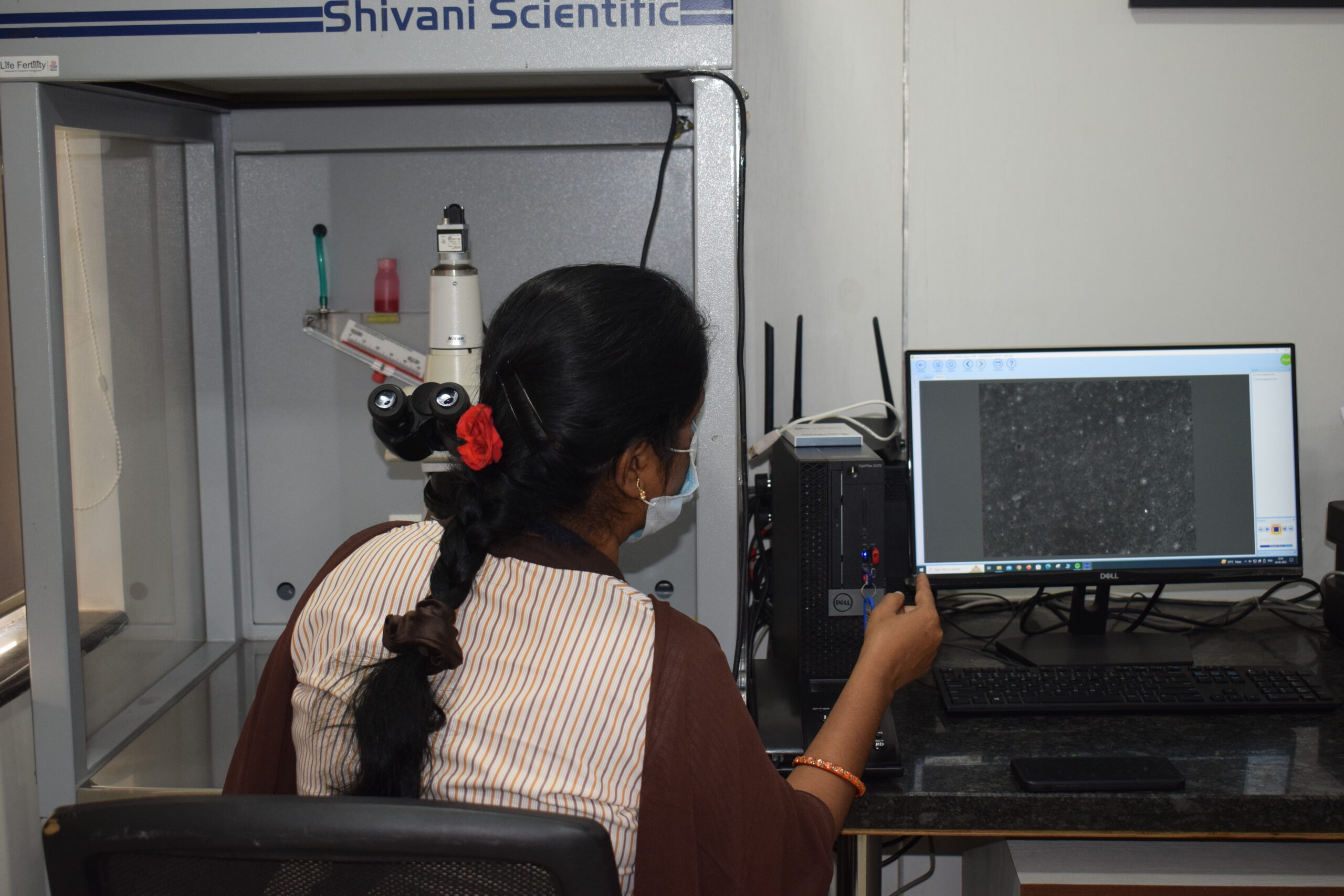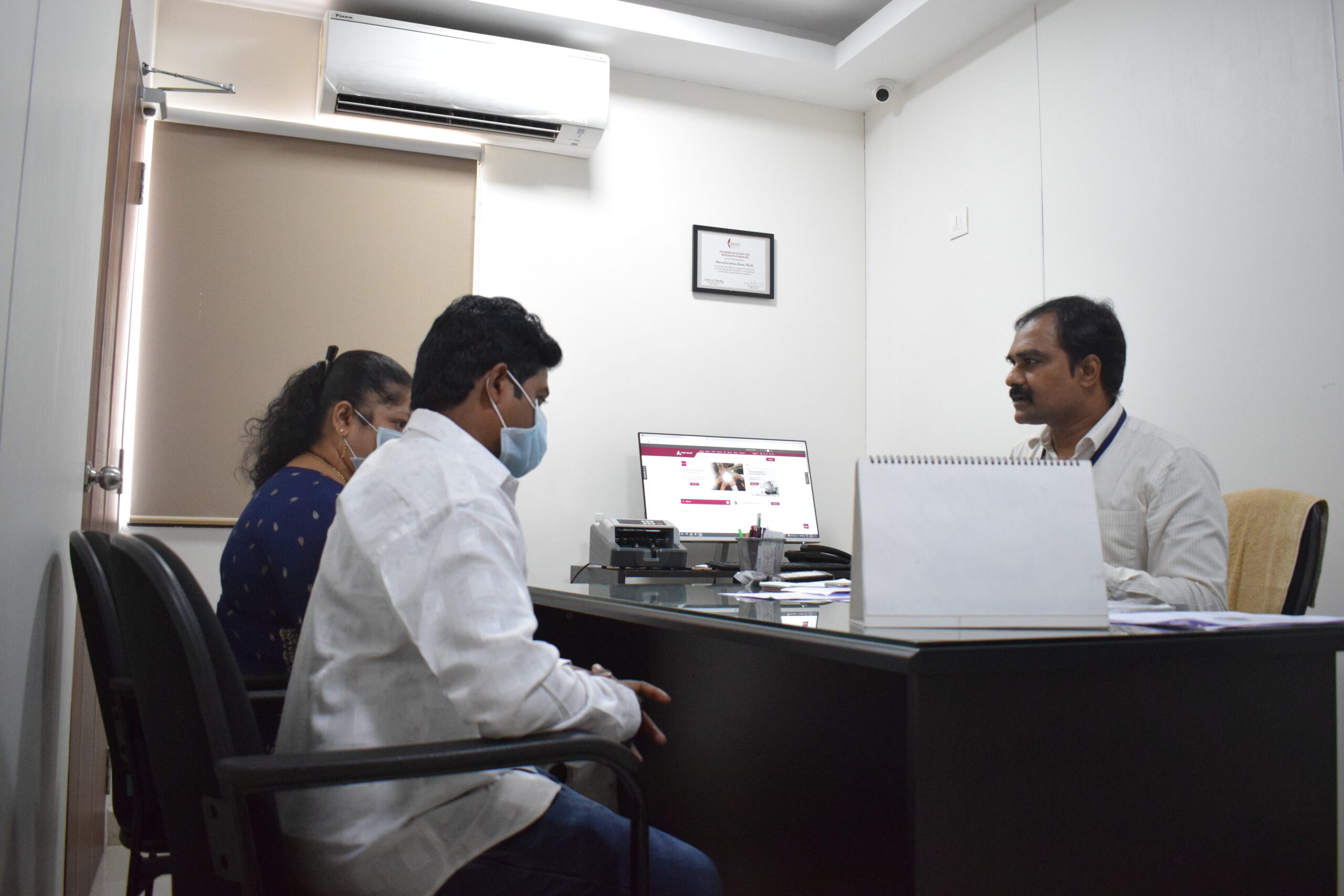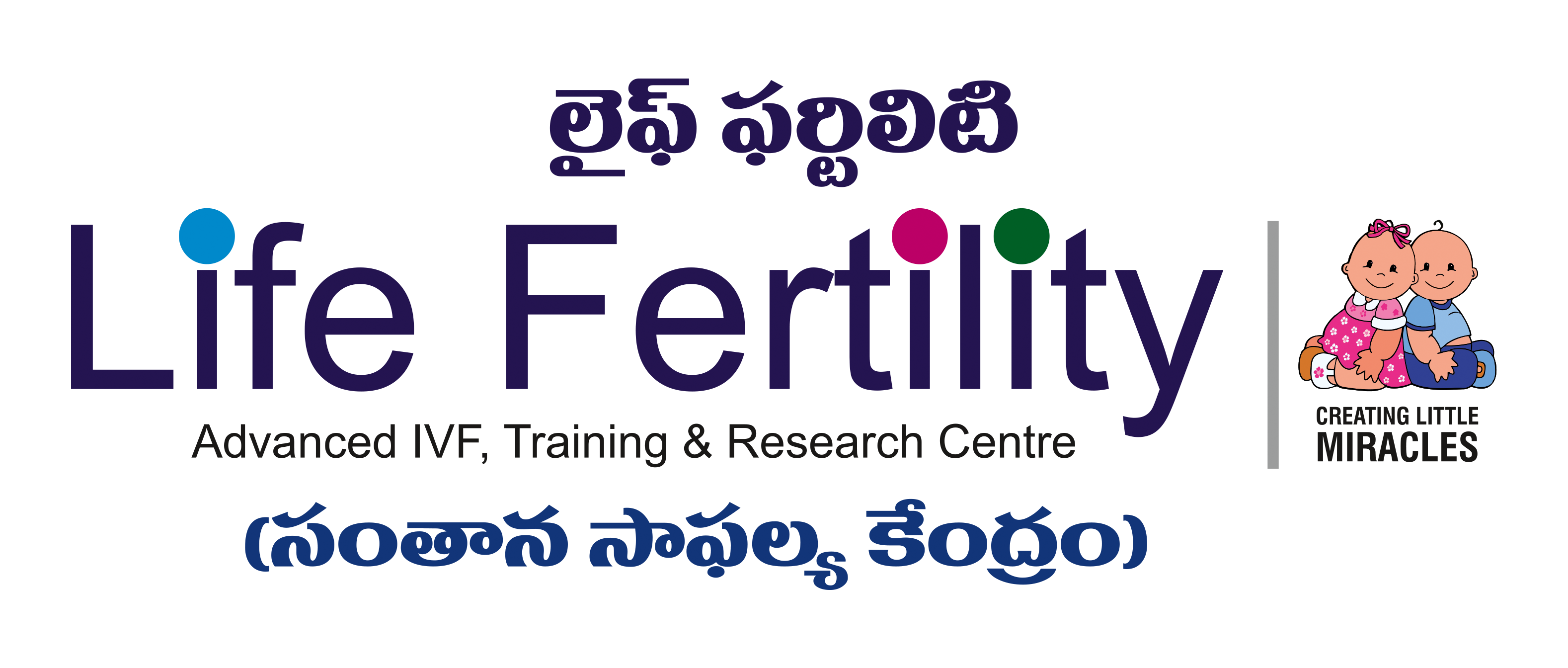Blastocyst Vitrification
Blastocyst vitrification is a specific form of embryo cryopreservation that focuses on preserving embryos at a particular developmental stage known as the blastocyst stage. A blastocyst is an embryo that has developed for about 5-6 days after fertilization and consists of a fluid-filled cavity and distinct cell layers. Vitrification is the rapid freezing technique used to preserve these blastocysts for future use in assisted reproductive technologies (ART). Here are key points about blastocyst vitrification:
Process of Blastocyst Vitrification:

1. Culturing Blastocysts:
Blastocysts are typically cultured in an incubator until they reach the appropriate stage for vitrification, usually on the fifth or sixth day of development.
2. Blastocyst Assessment:
Embryologists assess the quality of the blastocysts based on criteria such as expansion, inner cell mass, and trophectoderm. Only high-quality blastocysts are selected for vitrification.
3. Equilibration:
Like with standard embryo vitrification, blastocysts undergo an equilibration process where they are exposed to cryoprotectant solutions to prepare them for the freezing process.
4. Vitrification:
The blastocysts are then placed in a small volume of a highly concentrated cryoprotectant solution and rapidly cooled to ultra-low temperatures using liquid nitrogen, preventing ice crystal formation.


5. Storage:
Vitrified blastocysts can be stored in liquid nitrogen for extended periods without a significant decline in viability.
6. Semen Collection and Preparation:
- Semen is collected from the male partner or a sperm donor. The sample is then processed in the laboratory to separate the healthy sperm from the seminal fluid.
- The prepared sperm is concentrated to increase the number of motile sperm and remove potentially harmful substances.
7. Insemination Procedure:
- The insemination procedure is typically performed in the fertility clinic.
- A thin catheter is used to introduce the prepared sperm directly into the woman’s uterus through the cervix.
- This process bypasses the cervix and places the sperm closer to the fallopian tubes, where fertilization takes place.


8. Post-Insemination Care:
- After the procedure, the woman may be advised to rest for a short period.
- Some fertility clinics may recommend hormonal medications, such as progesterone, to support the uterine lining and improve the chances of successful implantation.
9. Follow-Up:
- A pregnancy test is usually conducted about two weeks after the IUI procedure to determine whether fertilization and implantation have occurred.
Book an Appointment
FREQUENTLY ASKED QUESTIONS
What is IVF treatment?
In-Vitro-Fertilization (IVF) is a type of Assisted Reproductive Technology (ART) that helps you get pregnant if you are not able to do so naturally.
When is the right time to start IVF treatment?
Your doctor will explain the best time to start the treatment after the initial consultation, examination, and blood tests. Your clinician may start your treatment on the 2nd or 3rd day of your period.
Is IVF safe & Painful?
IVF is a very safe and effective treatment option and with the latest advancement in medical technology, IVF results have improved significantly.
IVF is not at all painful because the injections used for IVF are purified and injected in subcutaneous form. The egg collection process is done under light sedation which is also not painful. At the time of embryo transfer, anesthesia is not given but it is a 2 to 5 minutes process that hardly causes any pain. Every patient is different; therefore the process will differ from patient to patient. However, when it comes to IVF injections, they are thin and easy and do not require an intervention. They can also be administered under anesthesia if required.
What People Says about Life Fertility Clinic
Google Reviews
What People Says about Life Fertility Clinic
Testimonials

Our Contacts
________
#16-1-25, RS Edifice, Coastal Battery Rd, Collector Office, Jn, Visakhapatnam, Andhra Pradesh 530002